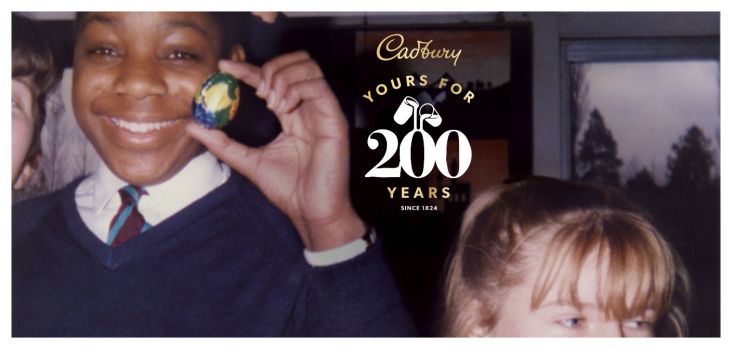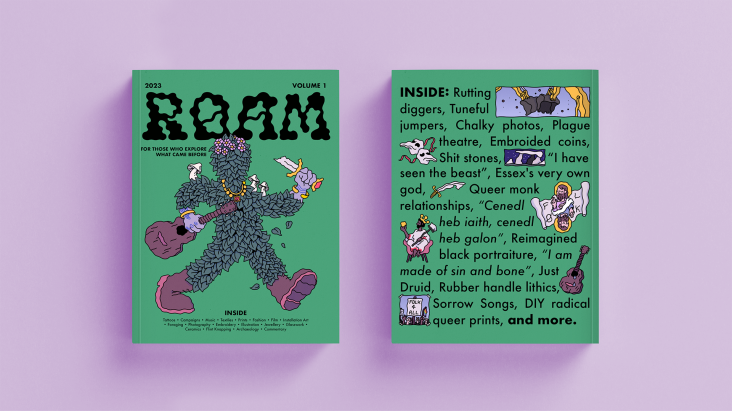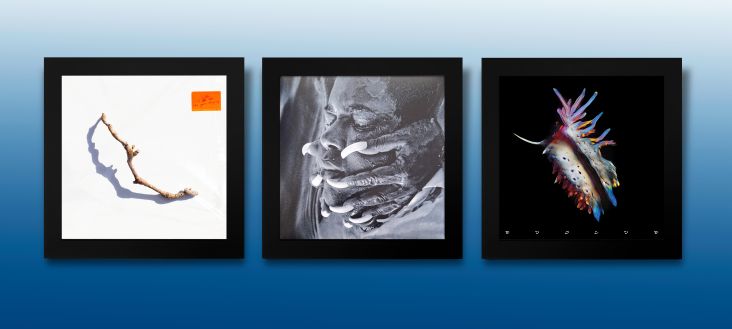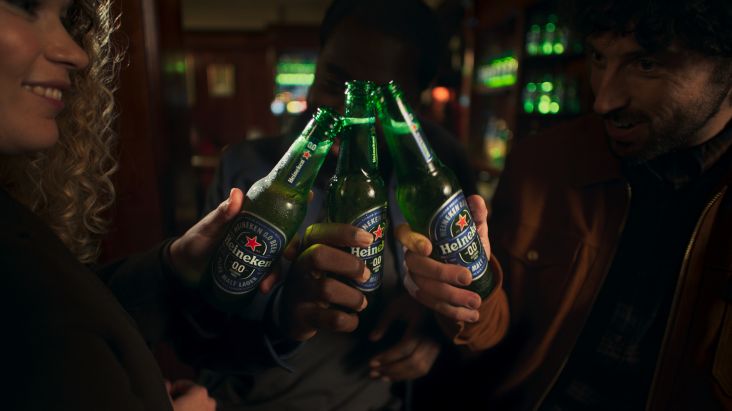Unity and imagination: new exhibition sheds fresh light on the 1984-5 Miners' strike
A new exhibition by the Martin Parr Foundation sets out to explode cliches and explore the realities of the 1984-5 Miners' Strike, an event that ripped Britain apart.
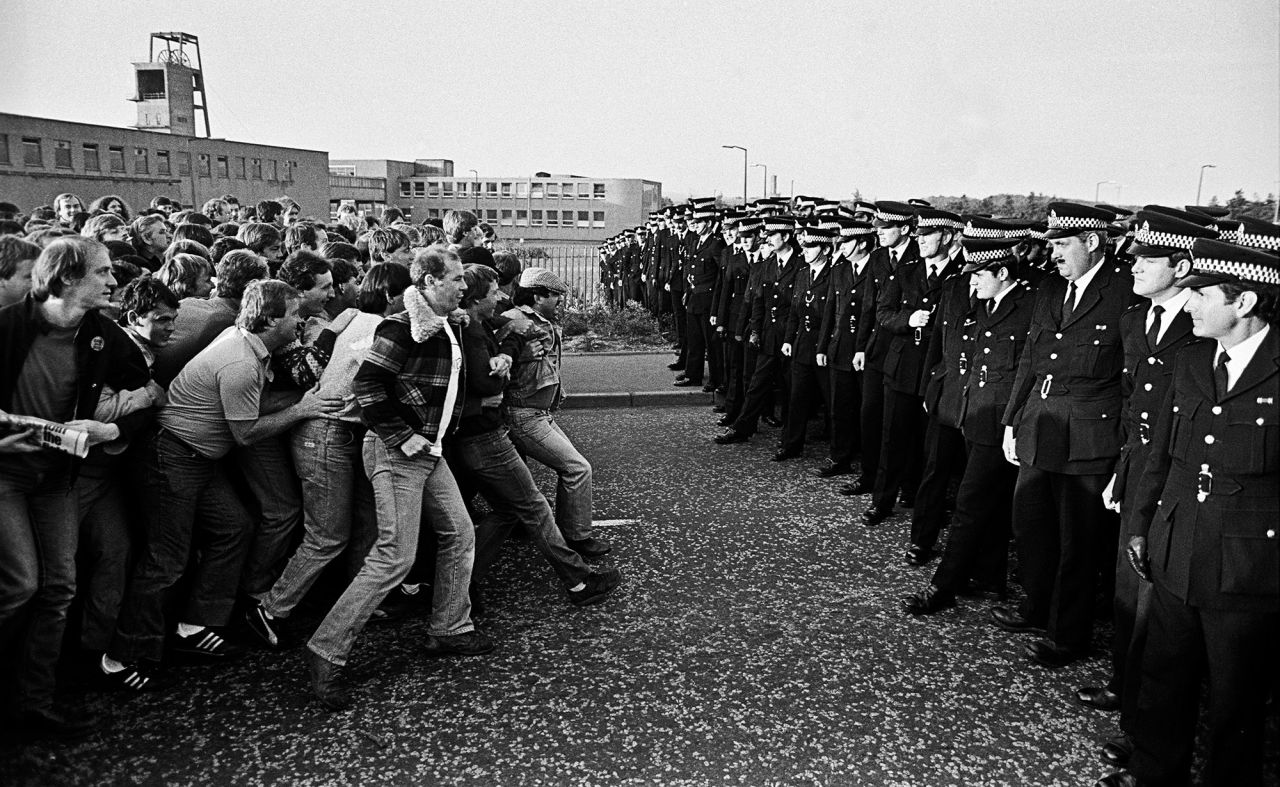
Miners’ Strike 1984 mass picket confronting police lines, Bilston Glen. Norman Strike at the front of a mass picket, Scotland. © John Sturrock, reportdigital.co.uk
It's difficult for those of us who remember the 1984-5 Miners' Strike to explain to younger people just how life-changing an event this was.
Strikes have made a reappearance over the last couple of years, of course, and caused disruption for many. But this went beyond mere inconvenience. This was nothing short of an existential political fight between two political titans (Prime Minister Margaret Thatcher and miners' leader Arthur Scargill), both of whom saw it as a battle for the future direction of the nation.
By raising the stakes in this fashion, the conflict sowed bitter divisions, ripped apart entire communities, set police against the public in violent confrontations, and changed many areas of the country beyond all recognition.
Even today, I know people who are too fragile to even discuss the subject, much in the way that many returning World War Two soldiers kept their trauma buried deep. And for better or worse, it's undeniable that the nation has never been the same again, with the power of the unions over government reduced to a level that is almost non-existent by comparison to the 1970s and early '80s.
In this light a new exhibition to coincide with the 40th anniversary of the miners' strike, titled One Year!, isn't just an academic exercise. This isn't just history; for many people, this is living history. With such a project, there can be huge potential to upset, to offend, to get things wrong. But thankfully, in the hands of the Martin Parr Foundation, they've struck exactly the right note.
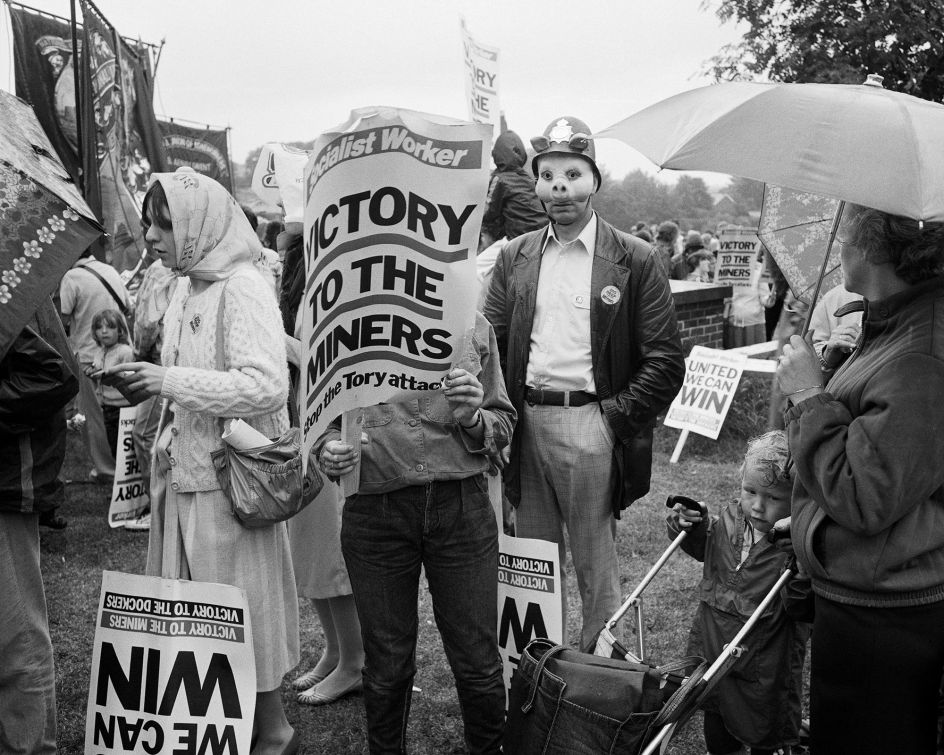
Durham Miners Gala, 1984 © Chris Killip Photography Trust – Magnum Photos
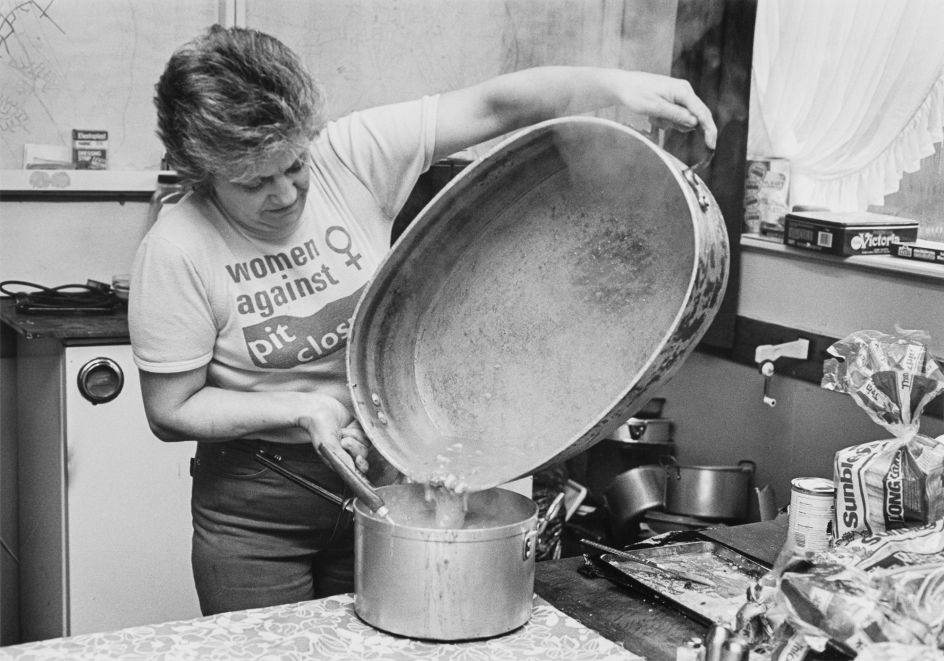
Dot Hickling on strike from N.C.B canteen at Linby Colliery, helped organise the striking miners kitchen in Hucknall for a year during the strike. Nottingham, 1984-85 © Brenda Prince
Roots of the conflict
The catalyst for the miners' strike was an attempt to prevent colliery closures through industrial action in 1984-85. The industrial action, which began in Yorkshire, was led by the National Union of Mineworkers (NUM) and its President Arthur Scargill against the National Coal Board (NCB). Controversially, Scargill declined to hold a vote on the strike among the union's members. Consequently, the strike split the workers themselves, some of whom went on to form the breakaway Union of Democratic Mineworkers.
The Conservative government under Margaret Thatcher opposed the strikes and saw it as an opportunity to reduce the power of the trade unions; particularly the NUM who had brought down the earlier Conservative government of Edward Heath in 1974.
The dispute was characterised by violence between pickets, would-be strike-breakers and the police, most notably what became known as the Battle of Orgreave in Burton-on-Trent. Despite being the largest strike since the General Strike of 1926, it ended in victory for the government with the closure of a majority of the country's collieries.
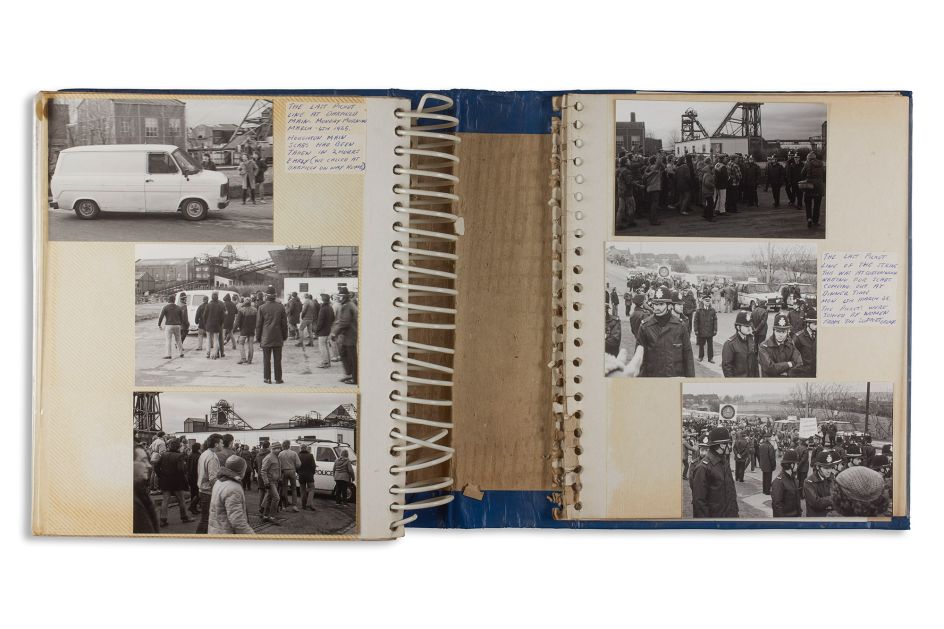
Spread from photo album by Philip Winnard titled NUM Strike 2, 1984-85 © Philip Winnard
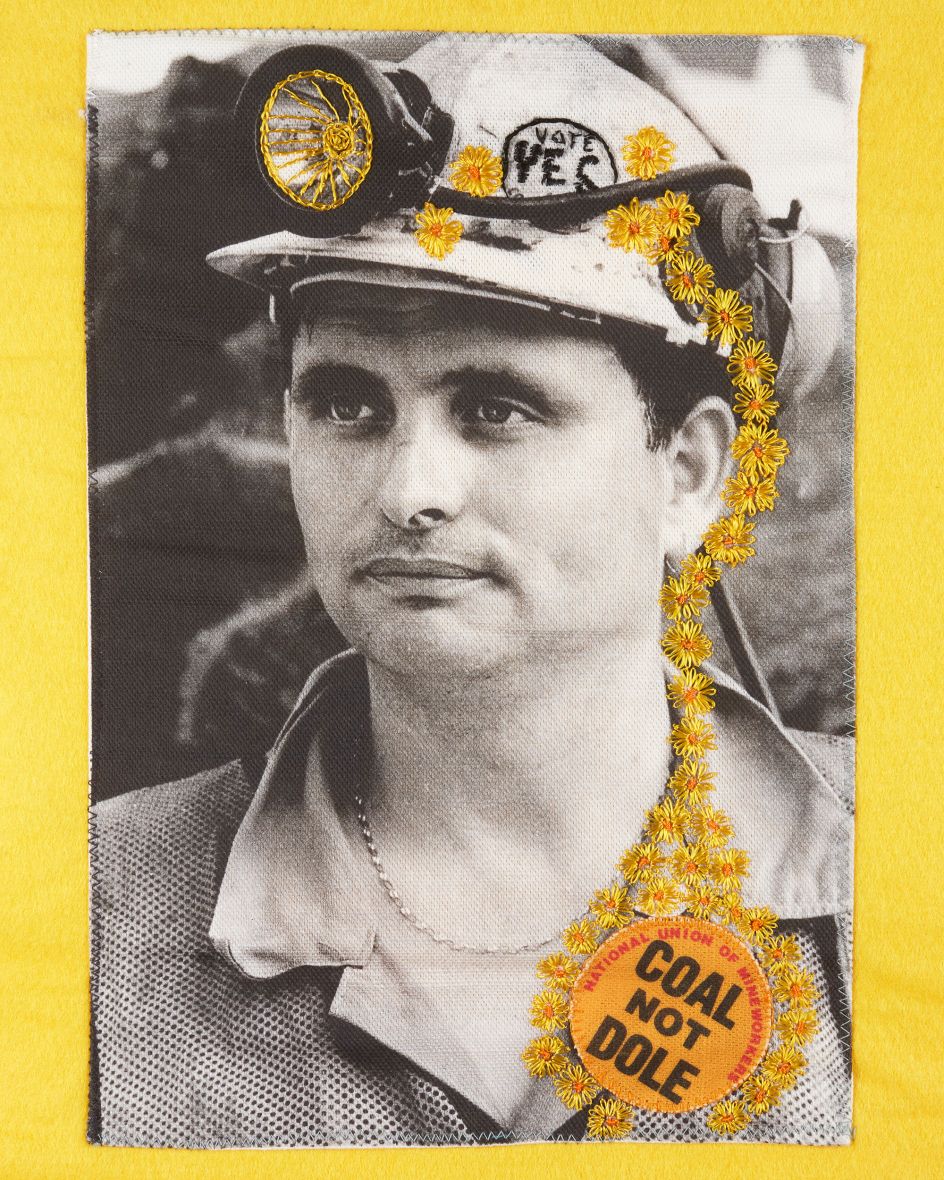
Cole Not Dole © Jenny Matthews
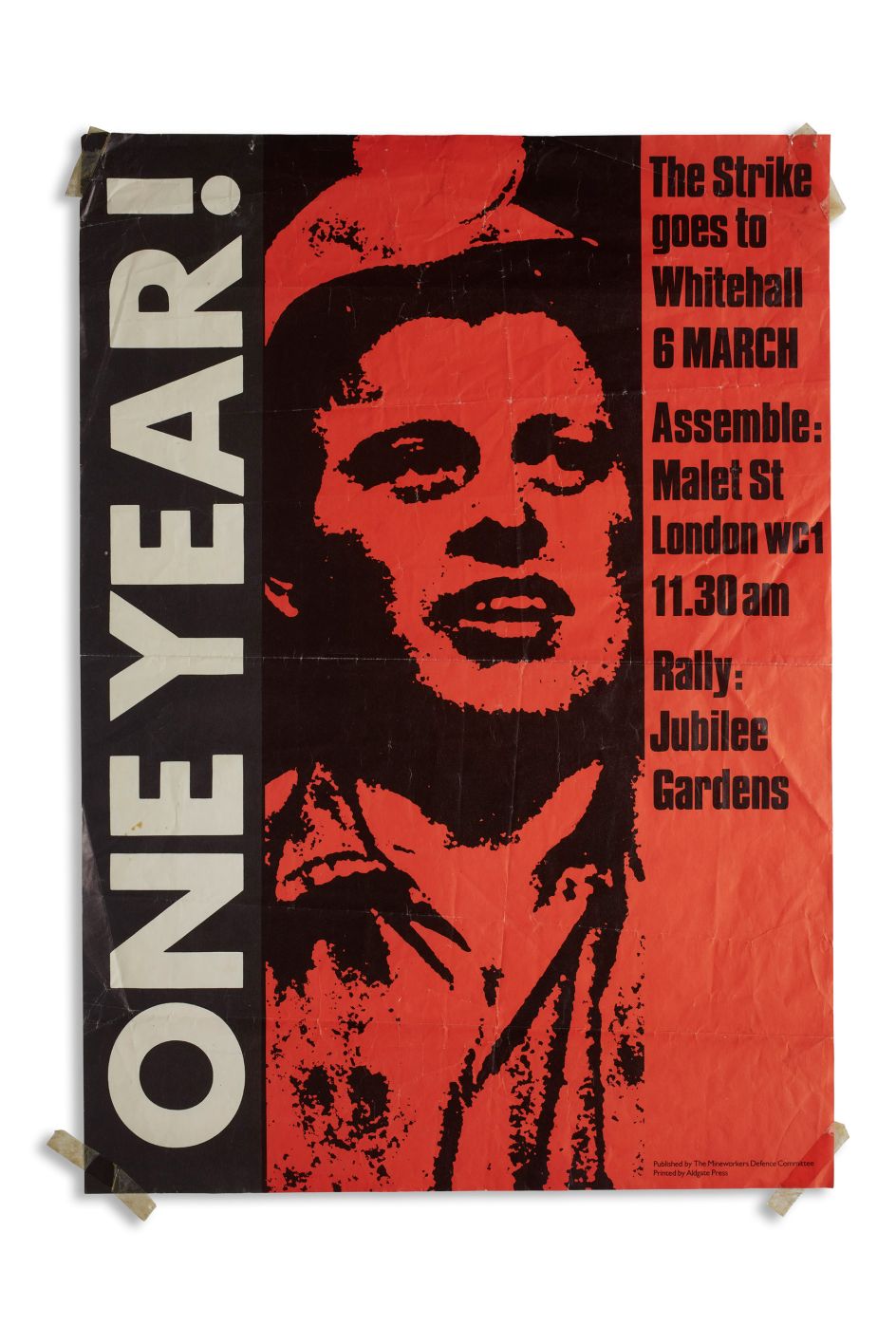
ONE YEAR! The Strike goes to Whitehall. Poster published by the Mineworkers Defence Committee. Printed by Aldgate Press
Role of photography
Suitably enough, this photographic exhibition looks at the vital role photographs themselves played during the year-long struggle against pit closures. Ephemera relating to the strike, including posters, vinyl records, plates, badges and publications are placed in dialogue with work by photographers who documented the events in 1984-85.
Importantly, the photographs don't just focus on familiar imagery, such as lines of police and violence, but also depict the community support and the hours of waiting on both sides of the dispute.
Collectively, the materials demonstrate the power and the contradictions inherent in using photography as a tool of resistance. The exhibition include photographs by Brenda Prince, John Sturrock, John Harris, Jenny Matthews, Roger Tiley, Imogen Young and Chris Killip, alongside photo albums compiled by Philip Winnard who was himself a striking miner.
These works will be on show alongside archival press prints, also from the Martin Parr Foundation collection, and vernacular images taken by Swansea police on a trip to a picket line in Derbyshire, on loan from the National Museum Wales.
Timeless images
"For those who have lived through this strike, its enormity cannot be underestimated," says Martin Parr. "We have brought together some of the best-known photographs, including John Harris's image of a policeman with a truncheon held from a horse waving at a cowering woman; John Sturrock's photograph of the confrontation between mass pickets and police lines at Bilston Glen; and rarely seen snapshots taken by Philip Winnard, a striking miner himself."
"The exhibition is an attempt to commemorate and reflect on the miners' strike of 1984-85, a seismic, yet often overlooked event in the recent history of Britain," says curator Isaac Blease. "By focusing on the complex role photographs played during the year-long struggle we hope for the show to transcend the purely historical or nostalgic, and take the visitor on a journey through a series of timeless images that show the resilience, camaraderie and violence of the strike, to reconnect and consider it again in relation to the present.
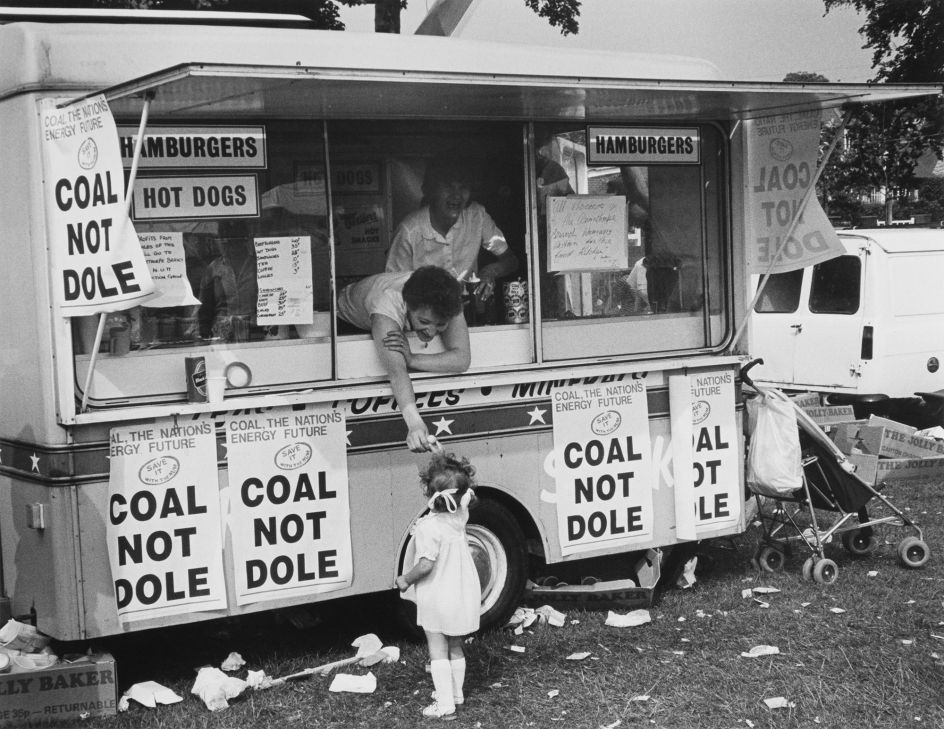
Buying an ice cream at Yorkshire Miners’ Gala. June 1984 © Brenda Prince
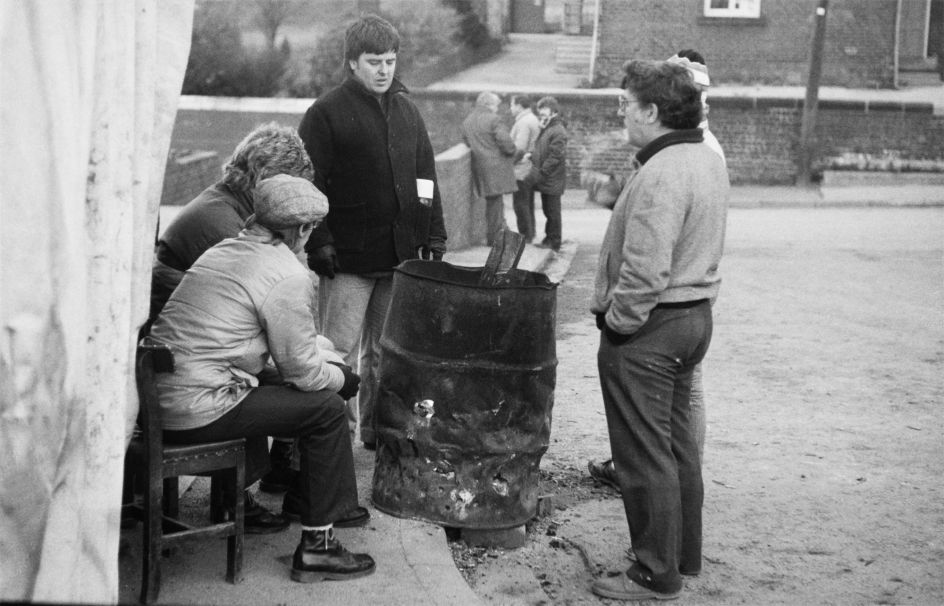
Houghton Main, 1984 © Philip Winnard
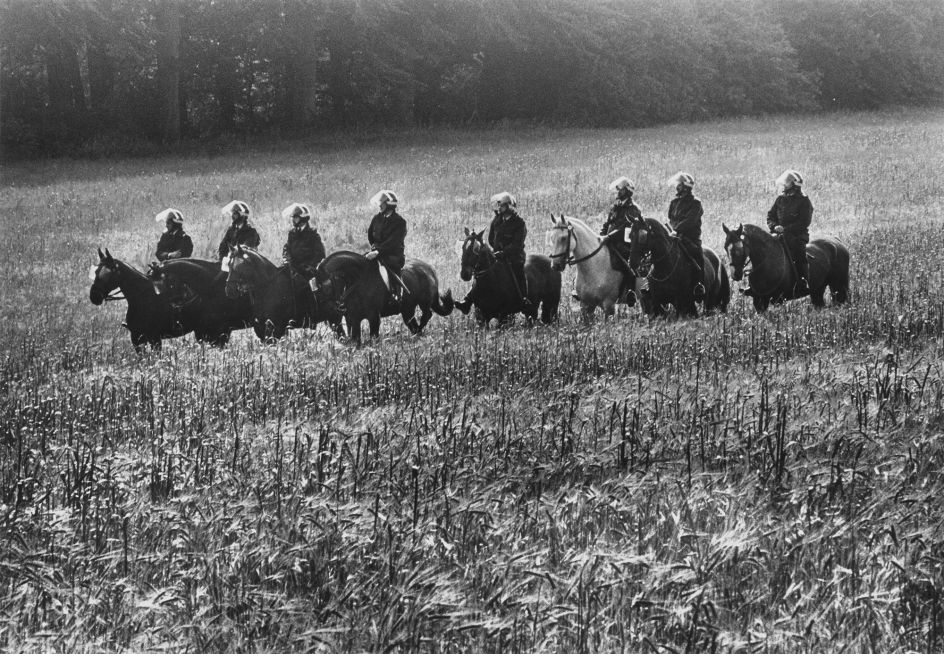
Riot police await orders in fields surrounding Orgreave coke works, S. Yorkshire, Miners’ dispute, 1984 © Brenda Prince
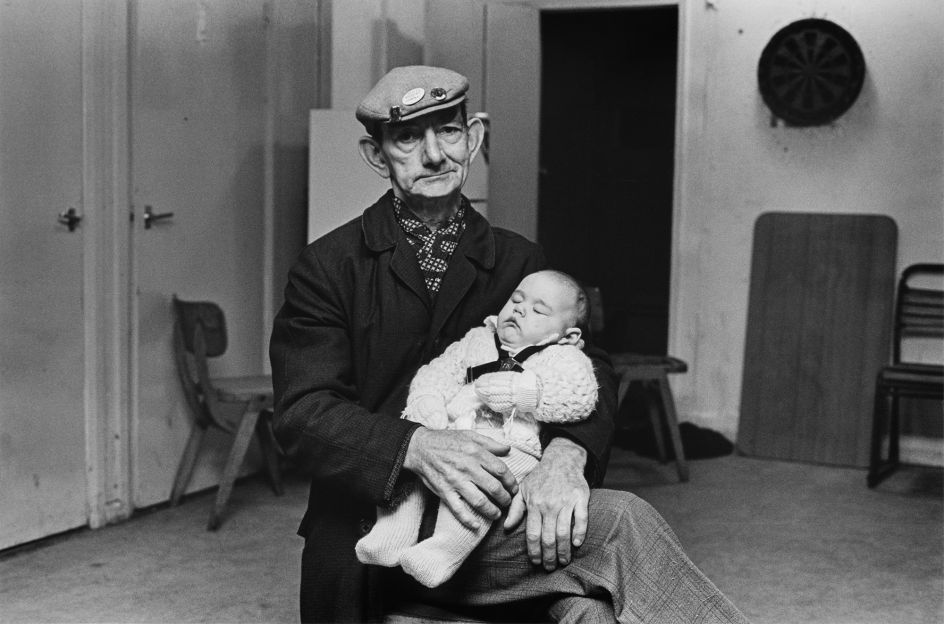
Sidney Richmond, retired Pit Deputy, babysitting Sean (3 months old) – first strike baby in the village. Clipstone Colliery, Nottingham, 1984-85 © Brenda Prince
"The ephemera materials show the urgent use of images and the creativity that was deployed in support of the striking miners. Together, the works tell a story of the battle against Margaret Thatcher and the National Coal Board's pit closures, but what ultimately shines through is the unity and imagination of people coming together in defence of their communities and the basic rights to work and to survive.''
Special events
The exhibition will be accompanied by a series of special events including Turner Prize-winning artist Jeremy Deller will present a screening of his film The Battle of Orgreave (An Injury to One is an Injury to All) on 31 January. Meanwhile, photographers John Harris and John Sturrock will discuss their experiences documenting the miners' strike of 1984-85 on 7 February.
Elsewhere, photographer Brenda Prince will present her work documenting the role played by women during the miners' strike. Following this, designer Craig Oldham will present In Loving Memory of Work, his expansive book that tells the stories behind the visual media generated during the miners' strike – all happening on 27 March 2024.
And finally, artist Jackson Whitefield will present a series of large-scale works in the MPF Gallery from his new publication that explores our complex relationship to coal entitled Keunyser (the Cornish term for a 'fuel gatherer'). During the day there will also be an archive tour showcasing many of the prints, books and maquettes from the MPF collection, all happening on 10 February.
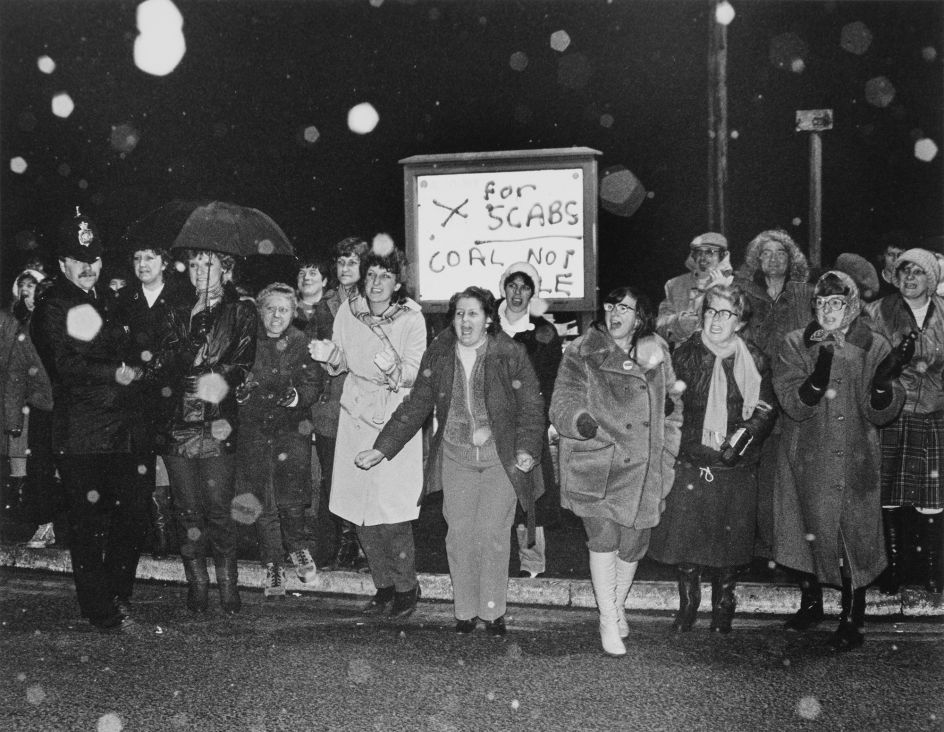
Women’s’ picket at Bevercotes Colliery, night shift, 11pm. Nottingham, February 1985 © Brenda Prince
Further Information
One Year! Photographs from the miners' strike 1984/85 is on show at the Martin Parr Foundation, 316 Paintworks, Bristol BS4 3AR from 18 January until 31 March 2024. Entry is free, and the gallery is open from Thurs to Sun, 10am-5pm.




 by Tüpokompanii](https://www.creativeboom.com/upload/articles/58/58684538770fb5b428dc1882f7a732f153500153_732.jpg)


 using <a href="https://www.ohnotype.co/fonts/obviously" target="_blank">Obviously</a> by Oh No Type Co., Art Director, Brand & Creative—Spotify](https://www.creativeboom.com/upload/articles/6e/6ed31eddc26fa563f213fc76d6993dab9231ffe4_732.jpg)








